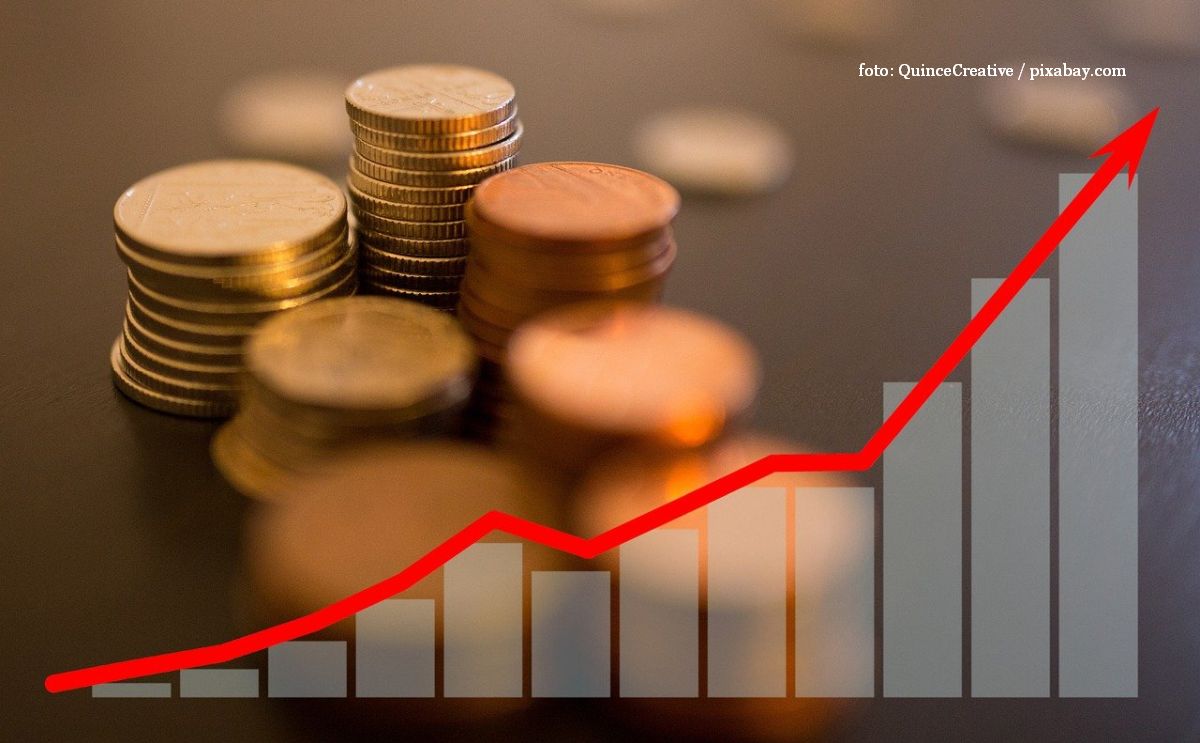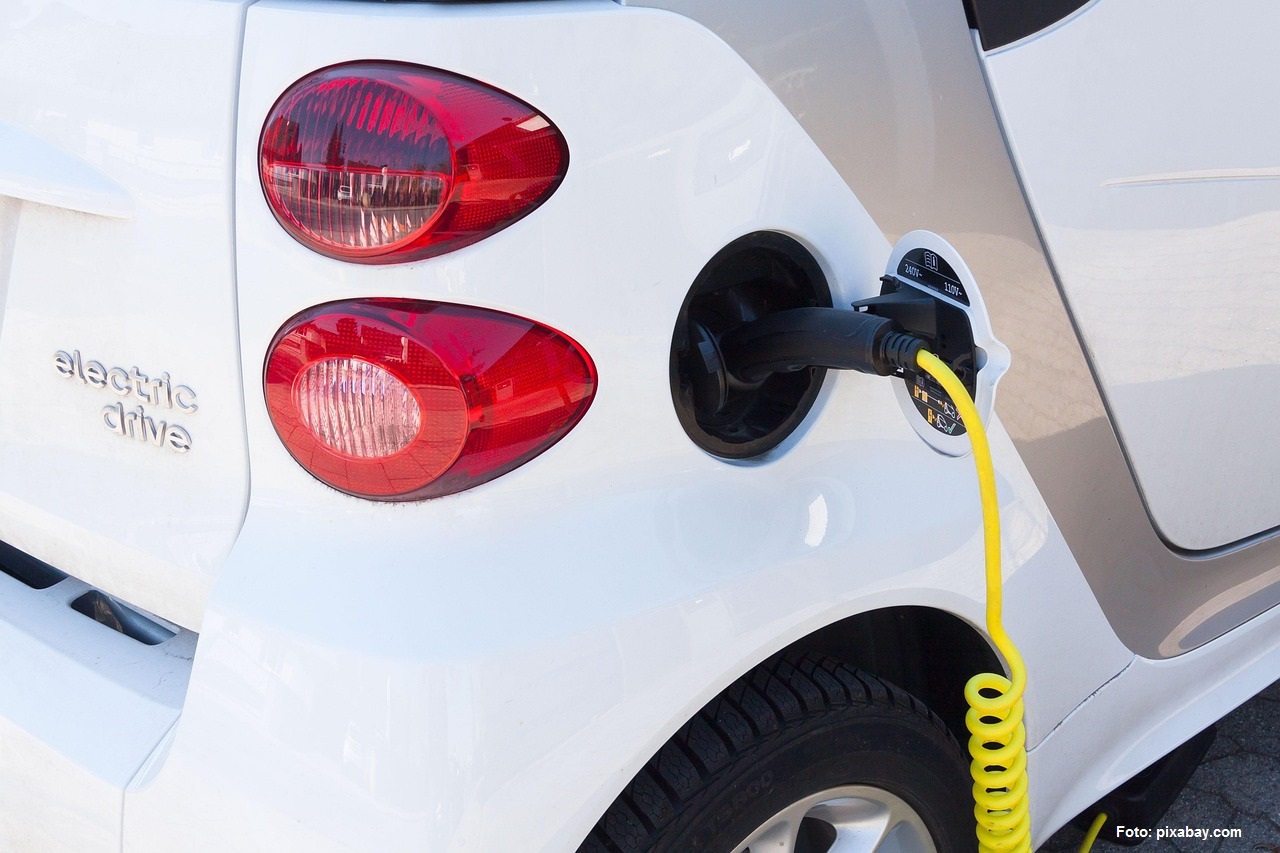Economic Forecasts

Roxana Vasile, 05.02.2018, 12:53
Just like most European Union Member
States, Romania has reported a significant economic growth for 2017 and is
anticipating similar results for 2018. Our country has all the more reason to
feel proud, as there is a wide percentage gap separating it from the other
Member States. Take France, for instance, whose GDP last year hit its highest
level in the last six years, standing at merely 1.9%. Romania on the other hand
had a 6% growth rate, which made France Press news agency label it as Europe’s
tiger.
On Sunday, the National Forecast Commission made public its
predictions for 2018, upgrading to 6.1% its GDP growth forecast. At the same
time the Commission maintained its forecast for 2019 and 2020 at 5.7% and at 5%
for 2021. Although positive, the forecasts of Romania’s external partners are
less optimistic. The European Commission expects Romania’s economic growth to
stand at 4.4% in 2018, which mirrors the latest forecast of the International
Monetary Fund. The World Bank estimates a 4.5% GDP growth rate, whereas the
European Bank for Reconstruction and Development estimates a growth rate of
4.2%.
Yet what makes Romanian economy so competitive? What is the secret behind
this success, in a country facing severe labour shortage, rising migration and
waning demographics? While the repeated Governments of the ruling coalition in
Romania, made up of the Social-Democratic Party and the Alliance of Liberals
and Democrats, have taken credit for Romania’s bolstering growth in 2017,
Romanian citizens themselves are more likely to have contributed to this
phenomenon, by increasing consumption.
Both economic pundits and Central Bank
experts agree that Romania’s growth rate is likely to slow down in 2018,
evidence of which can be found in the latest forecasts by international
financial institutions. It’s unlikely, experts argue, that the authorities will
be able to uphold the current growth parameters, given that this was the effect
of salary increases. In a recent report, a commercial bank in Romania points
out that the recent fiscal uncertainty and populist measures have kept
investments away.
Moreover, should the Government resort to additional tax
increases and cuts in public spending so as to observe the 3% budget deficit
target, this might further slow down economic growth. As for the industrial
output, it is expected to go up due to the rising demand on European markets.
Still, imports are expected to rise faster than exports, as they cover a large
part of the domestic demand. Therefore the coming years might prove relatively
difficult for the Romanian economy, and the tiger might turn out to be yet
another bubble.






























